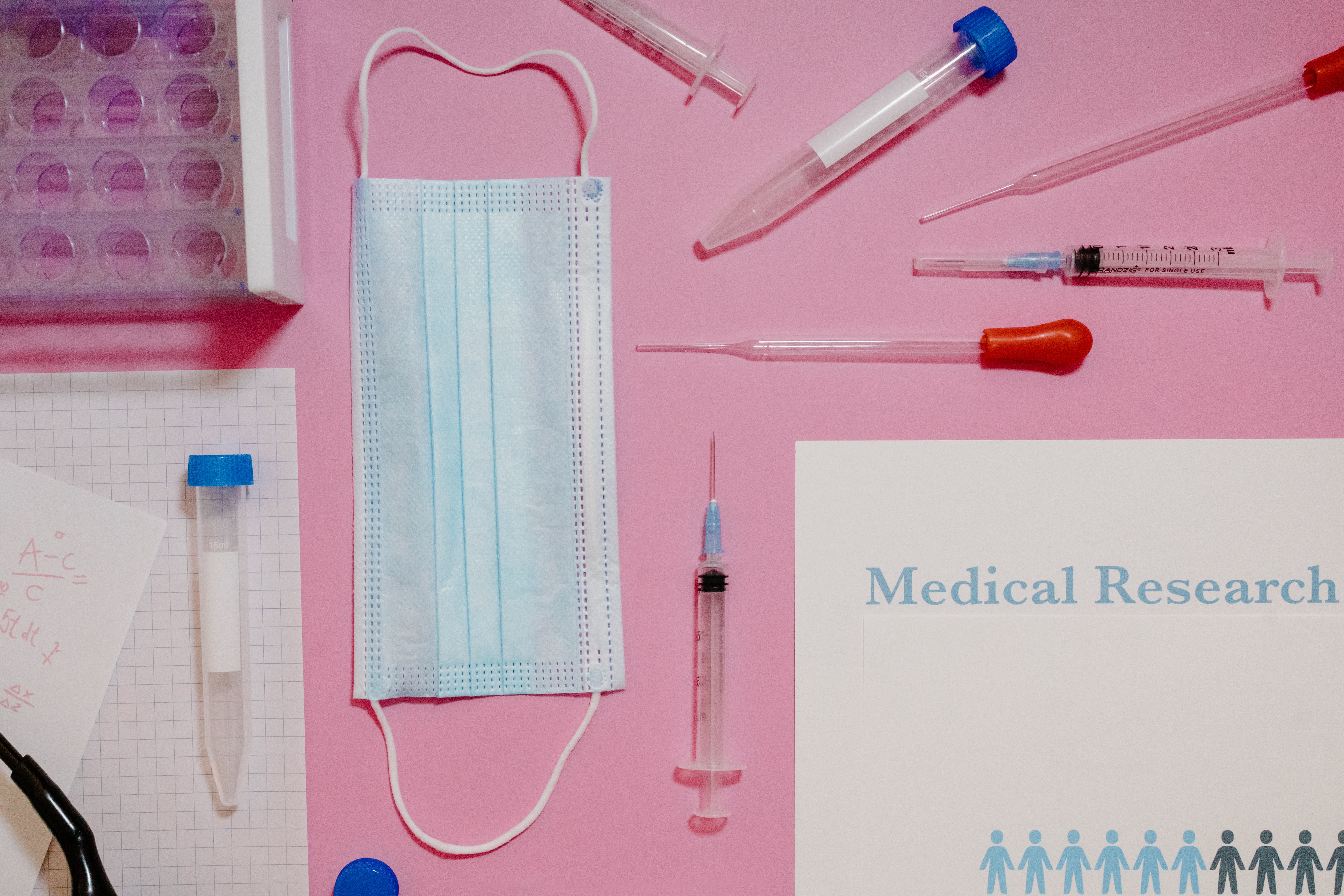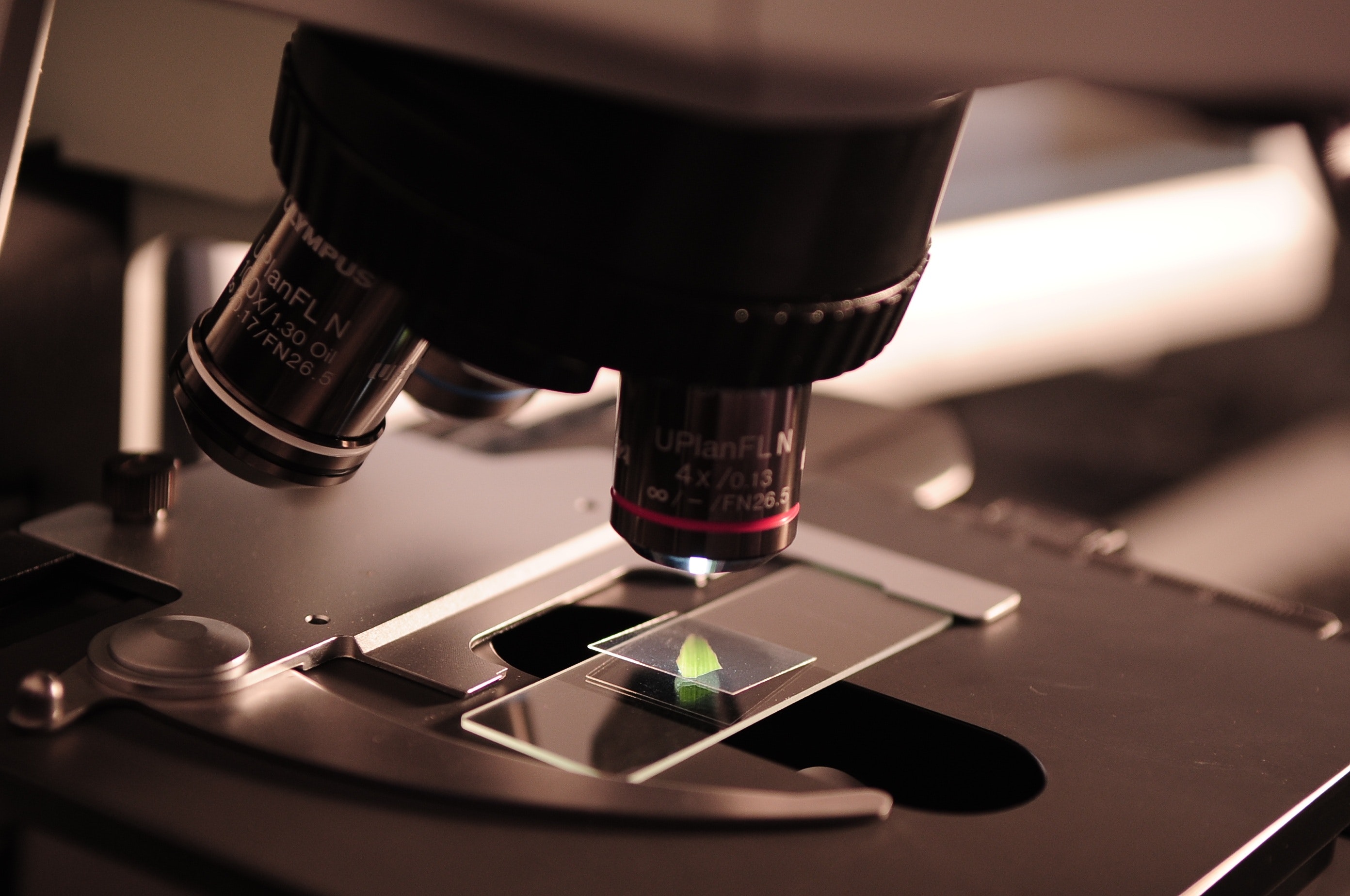The Pharmaceutical Quality System (PQS) is a set of guidelines that pharmaceutical companies must adhere to in order to ensure the quality and safety of their products. The PQS covers all aspects of the drug manufacturing process, from research and development to production and distribution. It is essential for ensuring that patients receive safe, effective medications. In this blog post, we will discuss the key components of the Pharmaceutical Quality System and how it helps keep patients safe.
The Pharmaceutical Quality System is made up of several components. It begins with Good Manufacturing Practices (GMP) which set the standards for drug manufacturing facilities and processes. These guidelines ensure that drugs are manufactured in a safe and effective manner, as well as to guarantee their safety and efficacy for patients.
The Pharmaceutical Quality System also includes Risk Management, which is essential to identifying and managing potential risks associated with drug manufacturing. This includes analyzing raw materials, monitoring the production process, and conducting quality control checks to ensure that the final product is safe for patients.
SOPs and documentation are also important components of the Pharmaceutical Quality System. Standard Operating Procedures (SOPs) provide detailed instructions on how to carry out specific processes, while documentation helps track and monitor quality control activities.
Finally, the Pharmaceutical Quality System also includes Good Distribution Practices (GDP), which are guidelines for distributing drugs safely to pharmacies and other healthcare providers. GDPs help ensure that drugs are stored and handled in a way that maintains their quality and integrity.
The components discussed above are just some of the key elements that make up the Pharmaceutical Quality System - there are many more that contribute to its overall effectiveness.






